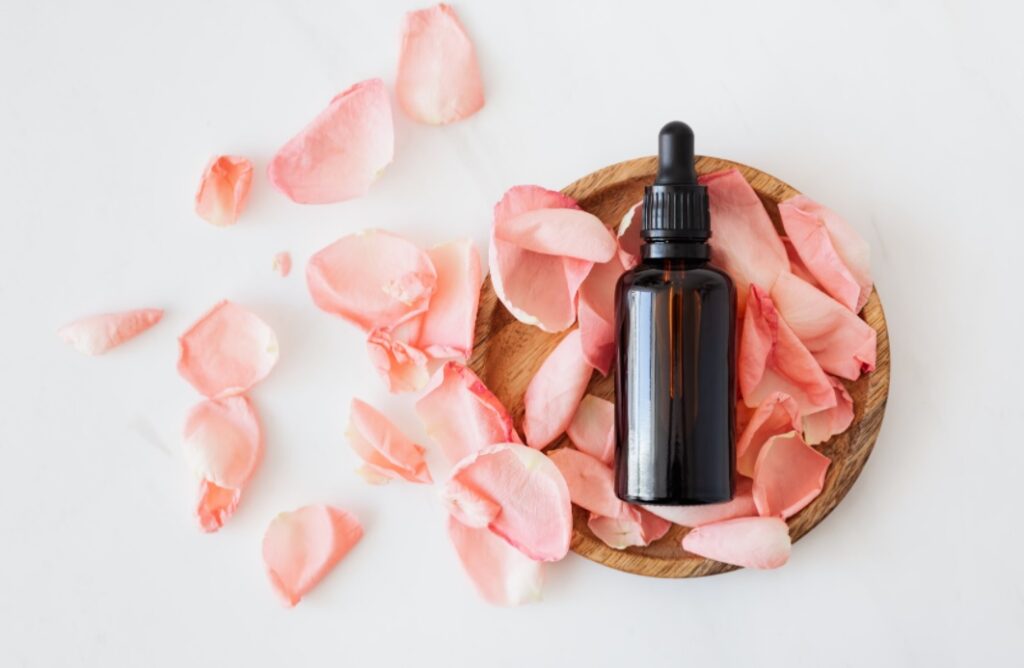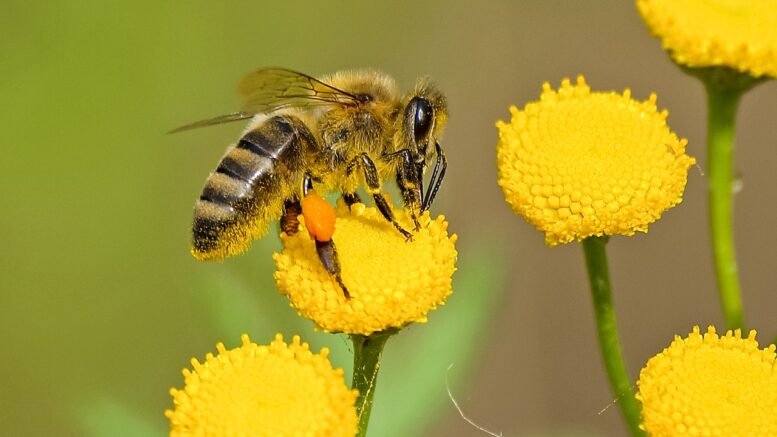Essential oils have been used for centuries for their natural healing properties. When it comes to bee stings, certain essential oils can provide fast relief from pain, inflammation and itching. In this blog post, we will be discussing the top essential oils for bee stings and how to use them.
From peppermint oil to lavender oil, we will be covering the most effective essential oils for bee sting relief. We’ll also be sharing some easy DIY recipes that you can make at home to soothe your bee sting symptoms. Say goodbye to chemical-laden products and hello to natural, effective relief with essential oils for bee stings.
Top 10 Essential Oils For Bee Sting
Here are the 10 best essential oils for bee sting:
- Eucalyptus oil: This oil has anti-inflammatory properties that can help to reduce pain and swelling associated with bee stings. You can buy eucalyptus oil from Gya Labs to find the best natural essential oils.
- Peppermint oil: This oil has a cooling effect that helps to reduce pain and itchiness caused by bee stings.
- Lavender oil: This oil is known for its anti-inflammatory properties and can help to reduce redness and swelling caused by bee stings.
- Tea tree oil: This oil is known for its antiseptic and anti-inflammatory properties, making it an effective remedy for bee stings.
- Chamomile oil: This oil is known for its soothing and anti-inflammatory properties, making it an effective remedy for bee stings.
- Frankincense oil: This oil has anti-inflammatory and pain-relieving properties that can help to reduce symptoms associated with bee stings.
- Helichrysum oil: This oil has anti-inflammatory and pain-relieving properties that can help to reduce symptoms associated with bee stings.
- Geranium oil: This oil has anti-inflammatory properties that can help to reduce redness and swelling caused by bee stings.
- Lemongrass oil: This oil has anti-inflammatory and pain-relieving properties that can help to reduce symptoms associated with bee stings.
- Rosemary oil: This oil has anti-inflammatory properties that can help to reduce redness and swelling caused by bee stings.
It’s important to note that before using any essential oil, it’s always best to dilute it with a carrier oil, such as coconut oil or olive oil, and do a patch test to check for any potential skin reactions. It’s also recommended to consult with a healthcare professional before using essential oils, especially if you have any underlying medical conditions.

How To Use
There are several ways to use essential oils for bee stings, including:
- Topical application: Dilute the essential oil with a carrier oil, such as coconut oil or olive oil, and apply it directly to the bee sting.
- Cold compress: Add a few drops of the essential oil to a bowl of cold water, soak a clean cloth in the mixture and apply it to the bee sting as a cold compress.
- Inhalation: Add a few drops of the essential oil to a bowl of hot water and inhale the steam to help soothe pain and inflammation associated with bee stings.
- Bath soak: Add a few drops of the essential oil to your bath water and soak in it to help alleviate pain and inflammation associated with bee stings.
It’s also important to note that some essential oils like tea tree oil, peppermint oil or lavender oil are also great as a repellent oil for bees, wasps and hornets, which you can use in a diffuser or apply on your skin before going outside.
As always, it’s important to always dilute the essential oil with a carrier oil before applying it to the skin, and do a patch test to check for any potential skin reactions. It’s also recommended to consult with a healthcare professional before using essential oils, especially if you have any underlying medical conditions.
Safety Precautions
When using essential oils for bee stings, it’s important to take safety precautions to avoid any potential adverse reactions. Some things to keep in mind include:
- Dilution: Always dilute essential oils with a carrier oil before applying them to the skin. This will help to reduce the risk of skin irritation or allergic reactions.
- Patch test: Before using an essential oil, it’s a good idea to do a patch test on a small area of skin to see if you have any adverse reactions.
- Sensitivity: Some individuals may be more sensitive to certain essential oils. If you experience any adverse reactions, such as skin irritation or an allergic reaction, stop using the oil and consult a healthcare professional.
- Pregnancy and breastfeeding: Some essential oils should be avoided during pregnancy and breastfeeding. It’s always best to consult a healthcare professional before using any essential oils during these times.
- Medical conditions: If you have any underlying medical conditions, it’s important to consult with a healthcare professional before using essential oils.
- Keep out of reach of children and pets: Essential oils should be kept out of reach of children and pets as they can be toxic if ingested.
- Storage: Essential oils should be stored in a cool, dark place to maintain their potency.
By following these safety precautions, you can use essential oils for bee stings with confidence, knowing that you’re taking the necessary steps to protect yourself and others.
Conclusion
In conclusion, essential oils can be a powerful and effective natural remedy for bee stings. By using essential oils like peppermint, lavender, tea tree, eucalyptus, chamomile, frankincense, helichrysum, geranium, lemongrass, and rosemary can provide relief from pain, inflammation, and itching caused by bee stings.
However, it’s important to always use essential oils with caution, by diluting them with a carrier oil, doing a patch test, and consulting with a healthcare professional before use, especially if you have any underlying medical conditions.
Additionally, it’s also important to keep in mind that prevention is always the best cure, and using some of these essential oils as repellent oils, can help you avoid bee stings altogether.
